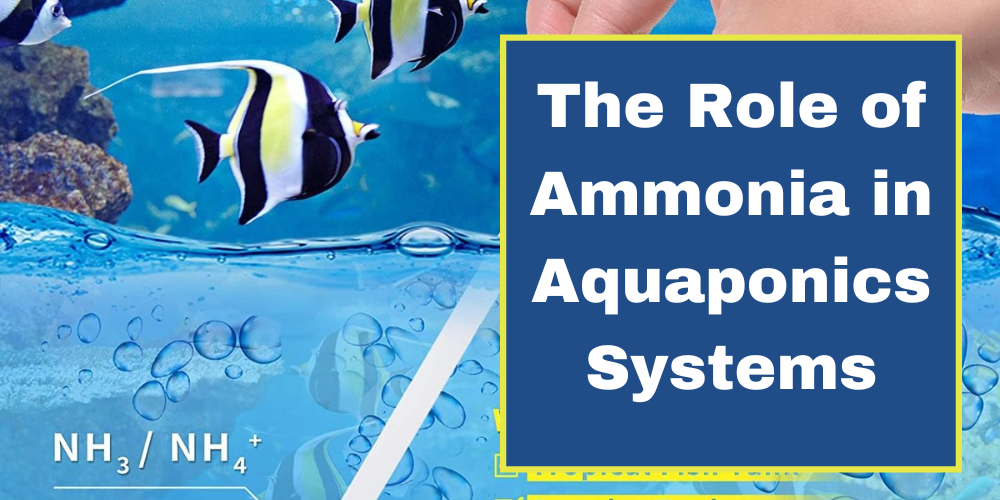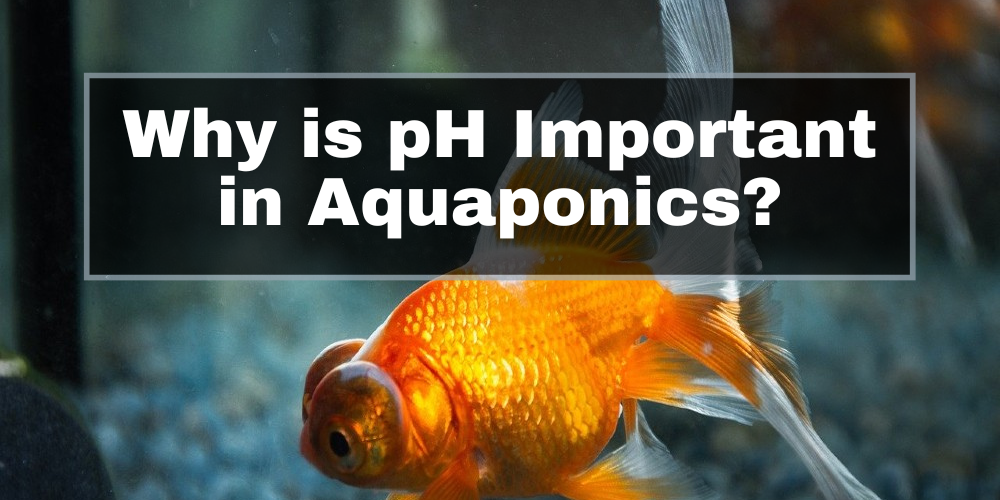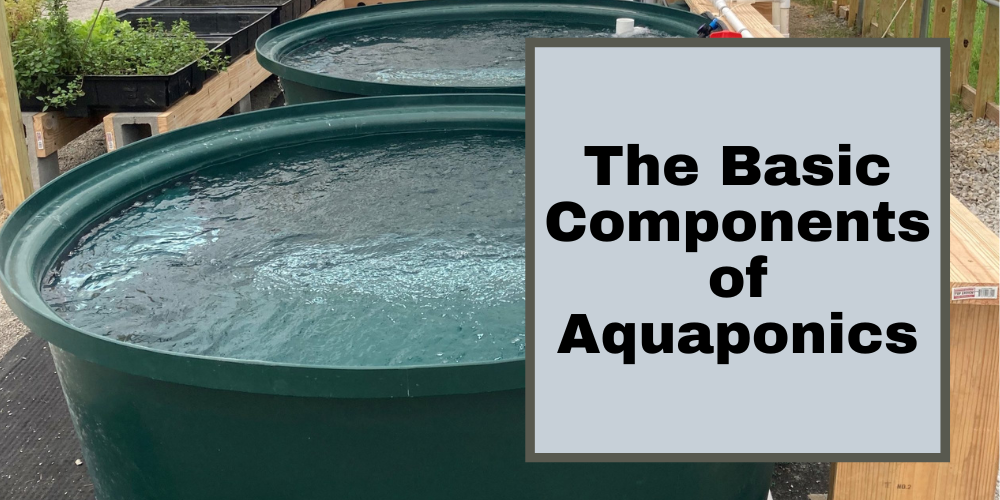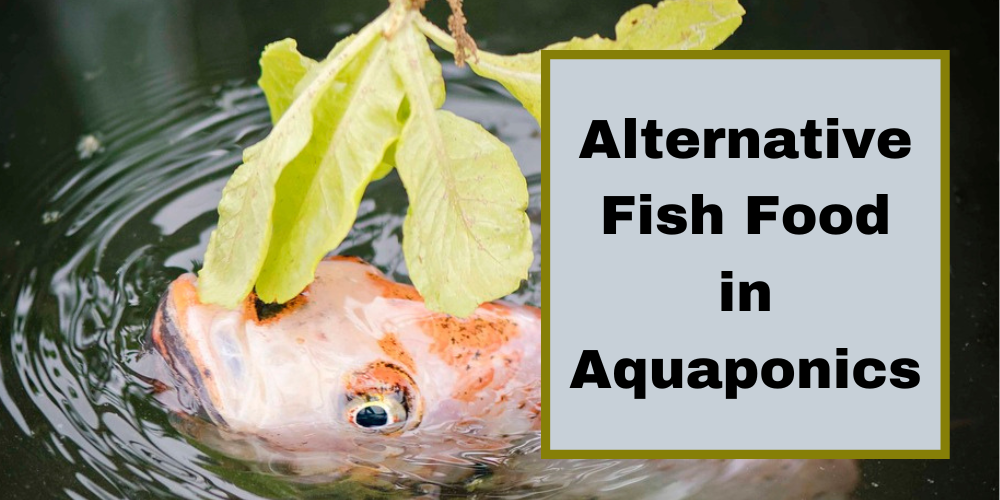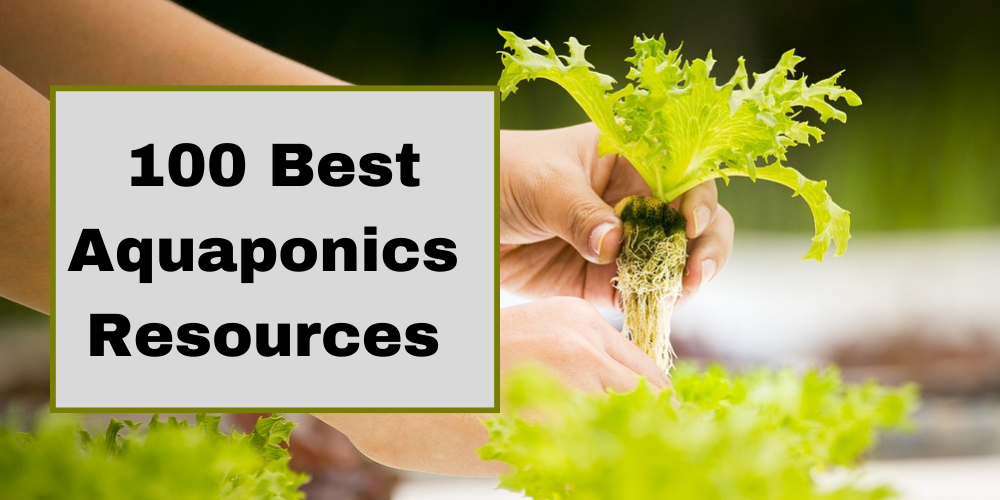Go Green Aquaponics Blog
Learn how a raft aquaponics system (DWC) works, its benefits, setup tips, and how to grow leafy greens year-round with ease.”
- December 27, 2025
Learn about the role of ammonia in aquaponics systems, how to manage ammonia levels effectively, and discover the best ammonia test kits for maintaining a healthy and productive environment for your fish and plants.
- December 27, 2025
pH is the heartbeat of every aquaponics system. Learn how to balance it for healthy fish, strong plants, and a thriving ecosystem—without confusion.
- December 27, 2025
Explore the best plants for aquaponics and how they enhance growth, nutrient balance, and system efficiency. From leafy greens to fruiting veggies, learn how to optimize your setup for a thriving, sustainable garden.
- December 27, 2025
Unlock the secrets of aquaponics and revolutionize your approach to food production. Explore its components, benefits, and sustainability in this comprehensive guide.
- December 27, 2025
Explore sustainable aquaponics by using alternative fish food. Discover the cost-effective and environmentally friendly options for enhancing fish health and reducing reliance on commercial fish food.
- December 27, 2025
Getting started with aquaponics can be overwhelming, with so many books, blogs, videos, and approaches to building your system. It’s important to develop your own understanding of what aquaponics is and understand its basic principles so you’ll know how to start and maintain your aquaponics system.
- December 27, 2025




